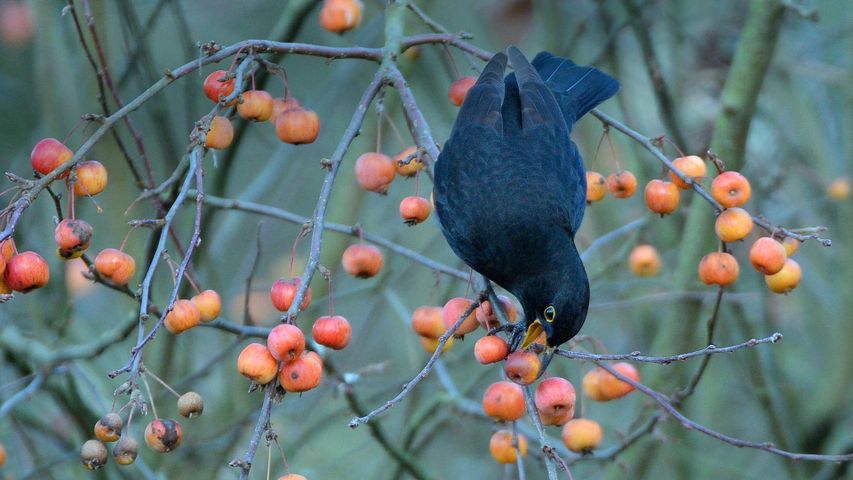Starlings flock over Lauwersmeer National Park, Netherlands
© Frans Lemmens/Alam
Moving as one
After the nesting and breeding seasons of spring and summer have passed, starlings become highly social birds, often gathering in flocks that number in the thousands. These flocks sometimes take the form of a murmuration—when the birds form a group large and dense enough that they appear to move together as a single organism, even if the movements seem arbitrary. Though scientists still don't quite understand how the individual starlings in a murmuration coordinate their tight, fluid formations, the behavior is thought to be a way to confuse predators.
Imagine if you're a falcon on the hunt and you see a small group of starlings—an easy meal if you catch one. But if the starlings spot the predator first, they may form a murmuration, swooping and diving as one, making it difficult for the falcon to isolate and hunt an individual bird.
Related Images
Bing Today Images
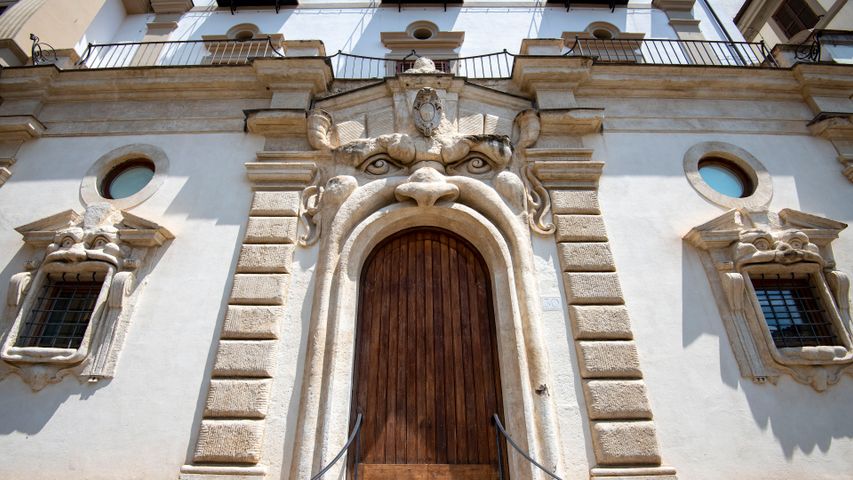
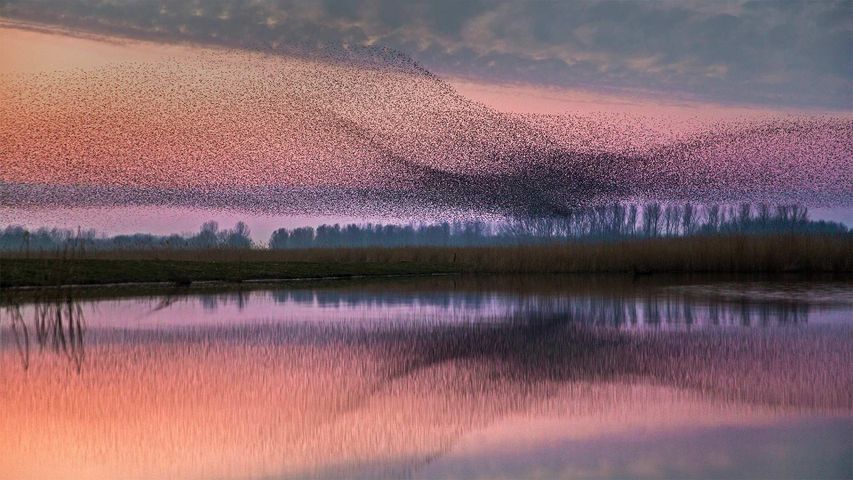
 Rainbow River in Rainbow Springs State Park, Florida
Rainbow River in Rainbow Springs State Park, Florida
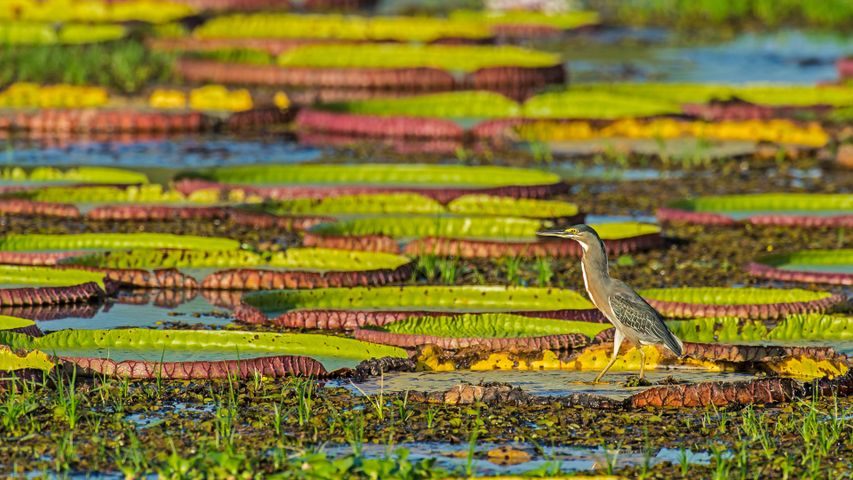 Striated heron on a Victoria water lily, Pantanal, Brazil
Striated heron on a Victoria water lily, Pantanal, Brazil
 Cape Breton Highlands, Nova Scotia, Canada
Cape Breton Highlands, Nova Scotia, Canada
 Katahdin Woods and Waters National Monument, Penobscot County, Maine
Katahdin Woods and Waters National Monument, Penobscot County, Maine
 Sunrise at Grand Teton National Park, Wyoming
Sunrise at Grand Teton National Park, Wyoming
 Masoala National Park in Madagascar
Masoala National Park in Madagascar
 Gunnerside, Swaledale, Yorkshire Dales National Park, England
Gunnerside, Swaledale, Yorkshire Dales National Park, England
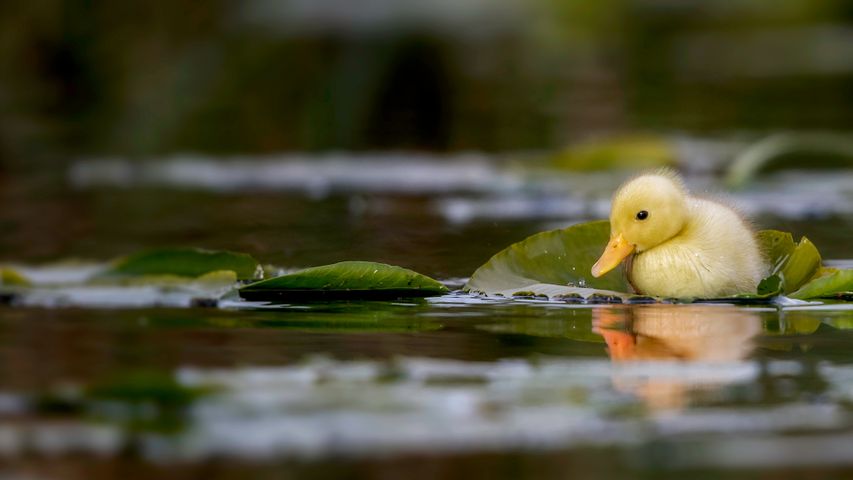 A duckling swimming in a water meadow, Suffolk, England
A duckling swimming in a water meadow, Suffolk, England



